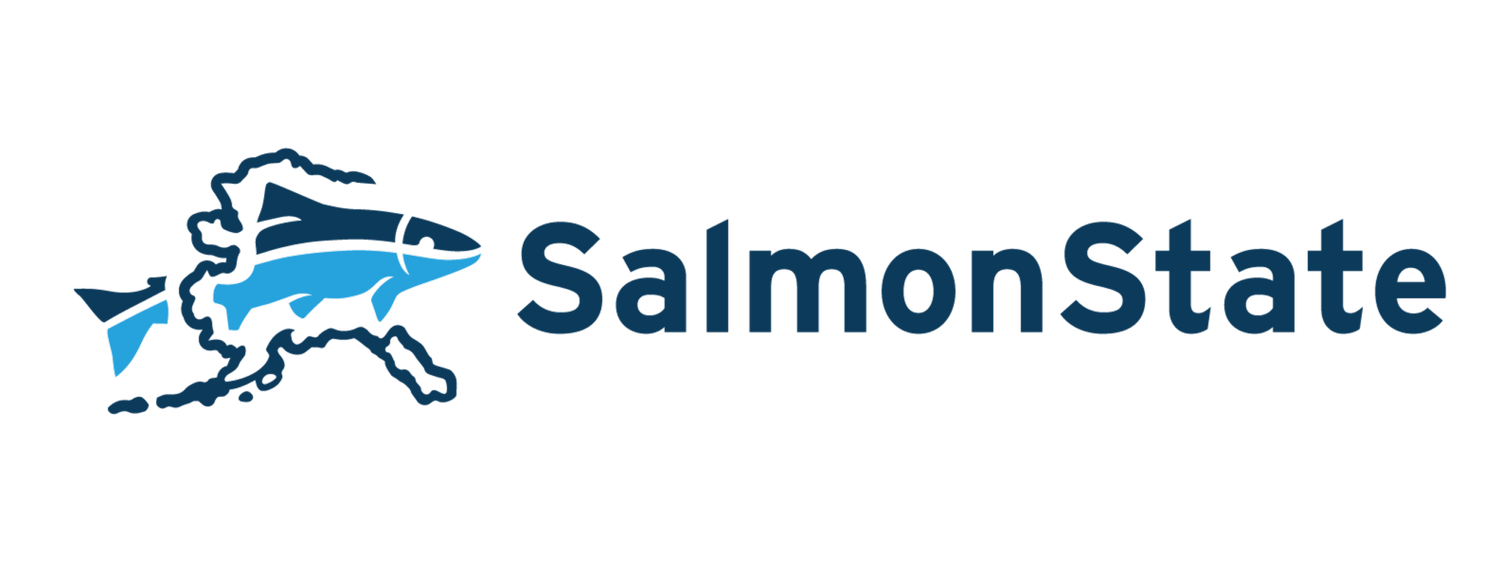Wild salmon nonprofits applaud BLM for listening to Alaskans, Tribes, communities, protecting D-1 lands
ANCHORAGE, ALASKA — SalmonState and the Wild Salmon Center applaud the Bureau of Land Management (BLM) for its announcement today that it is listening to Alaskans, Tribes, businesses and communities and retaining protections for 28 million acres of D-1 lands across Alaska, from the Yukon-Kuskokwim, to Bristol Bay, to Eastern Alaska.
“With this decision, the Biden Administration is prioritizing protections for fish, wildlife and the people who depend on them,” said SalmonState Public Lands and Waters Lead Rachel James. “We applaud this decision, which is supported by more than half of Alaska’s 227 federally recognized Tribal governments, more than 120 businesses, and 145,000 Alaskans and Americans, and we urge Secretary Deb Haaland to finalize safeguards for Alaska’s D-1 lands as soon as possible.”
“These places represent some of the nation’s largest remaining intact ecosystems, from high alpine tundra to the pristine estuaries and wetlands in places like Bristol Bay, home to the world’s most abundant wild sockeye salmon runs,” said Emily Anderson, Alaska Director at the Wild Salmon Center. “With today’s announcement, the Biden Administration is demonstrating its commitment to maintaining our nation’s biodiversity, climate refugia, and to listening to the communities most impacted by this decision. We look forward to the Biden Administration finalizing this important decision as soon as possible.”
Alaska’s BLM D-1 lands were withdrawn from mineral entry and oil and gas development 50 years ago under section 17 (d)1 of the Alaska Native Claims Settlement Act. During its final days, the Trump Administration attempted to open 28 million acres for extractive development. One of the Biden Administration’s first actions upon taking office was to pause those orders and undertake an environmental review to evaluate the potential effects that lifting the D-1 protections would have on fish and wildlife habitat, subsistence resources and the Alaska Native communities who utilize BLM lands for subsistence hunting and fishing.
Following today’s Final Environmental Impact Statement, BLM is expected to issue a Record of Decision in 30 days and make a recommendation to the Secretary of the Interior about a course of action consistent with its decision. The Secretary of the Interior will then determine whether to maintain the D-1 protections and rescind the previous administration’s public land orders.
Key statistics:
74% of D-1 lands are designated as federal subsistence, which means they are vital to rural and Alaska Native food security.
183 Alaska Native villages are within 50 miles of a D-1 land area, with an additional 26 villages within 100 miles of a D-1 land area. In total, 209 Alaska Native villages are within 100 miles of D-1 lands.
About 6,700 miles of anadromous waterways reside within or directly adjacent to the boundaries of D-1 lands. Of those, approximately 2,422 miles are used by species for spawning habitat (36%) and 3,277 miles are used by species for rearing habitat (49%). That means they’re vital for wild salmon and other anadromous species.
Anadromous species are those like salmon, which travel from the freshwater to the sea and then back.
In total, about half of all D-1 lands are within the range of the Western Arctic Caribou herd.
On average, D-1 lands contain approximately 1,255,777,251 tons of manageable carbon, which is equivalent to 4,604,516,587 tons of CO2. Manageable carbon is areas where carbon loss is driven by direct land-use conversion, which could be halted or directly mitigated through adaptive management.
On average, D-1 lands contain approximately 164,299,103 tons of “irrecoverable carbon”, which is equivalent to 602,430,048 tons of CO2. “Irrecoverable carbon” is vulnerable to release from human activity and, if lost, could not be restored by 2050 — when the world must reach net-zero emissions to avoid the worst impacts of climate change.
